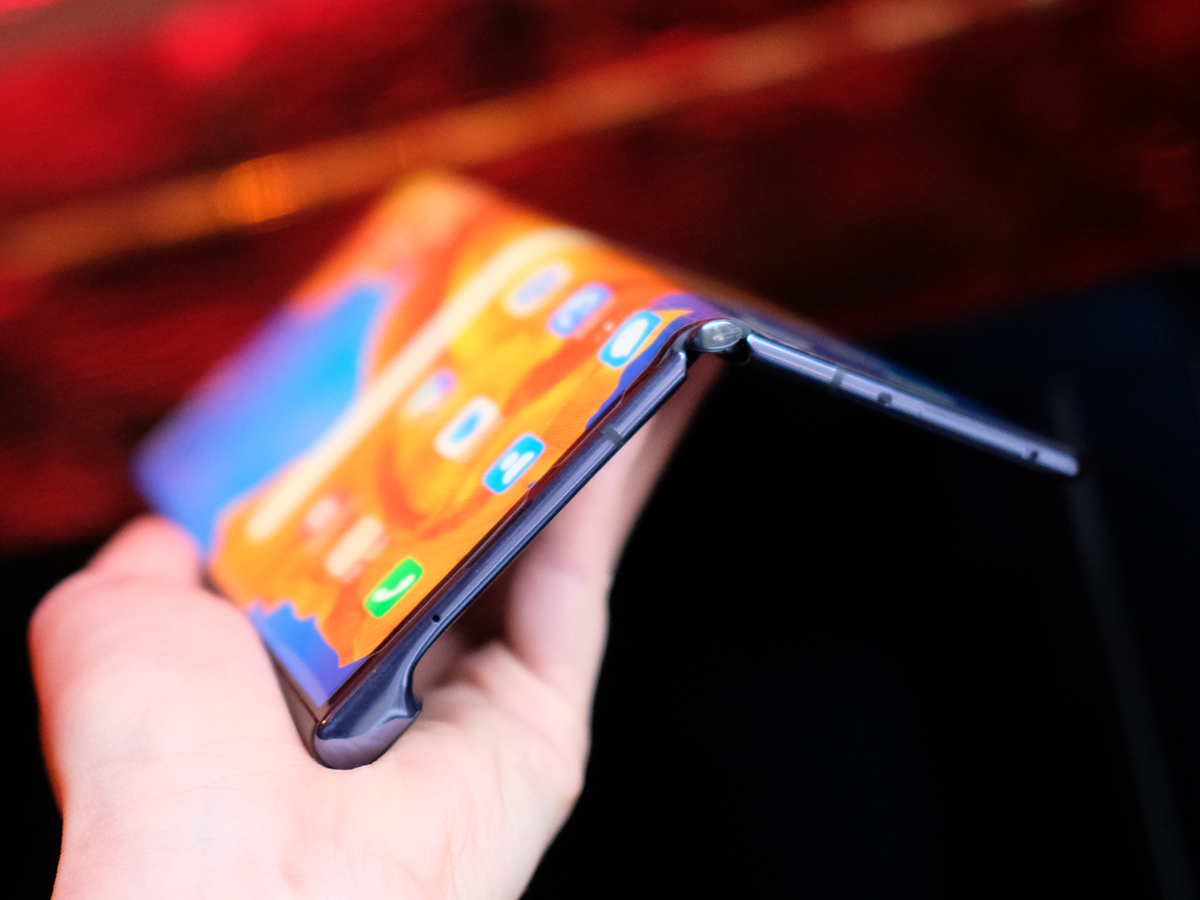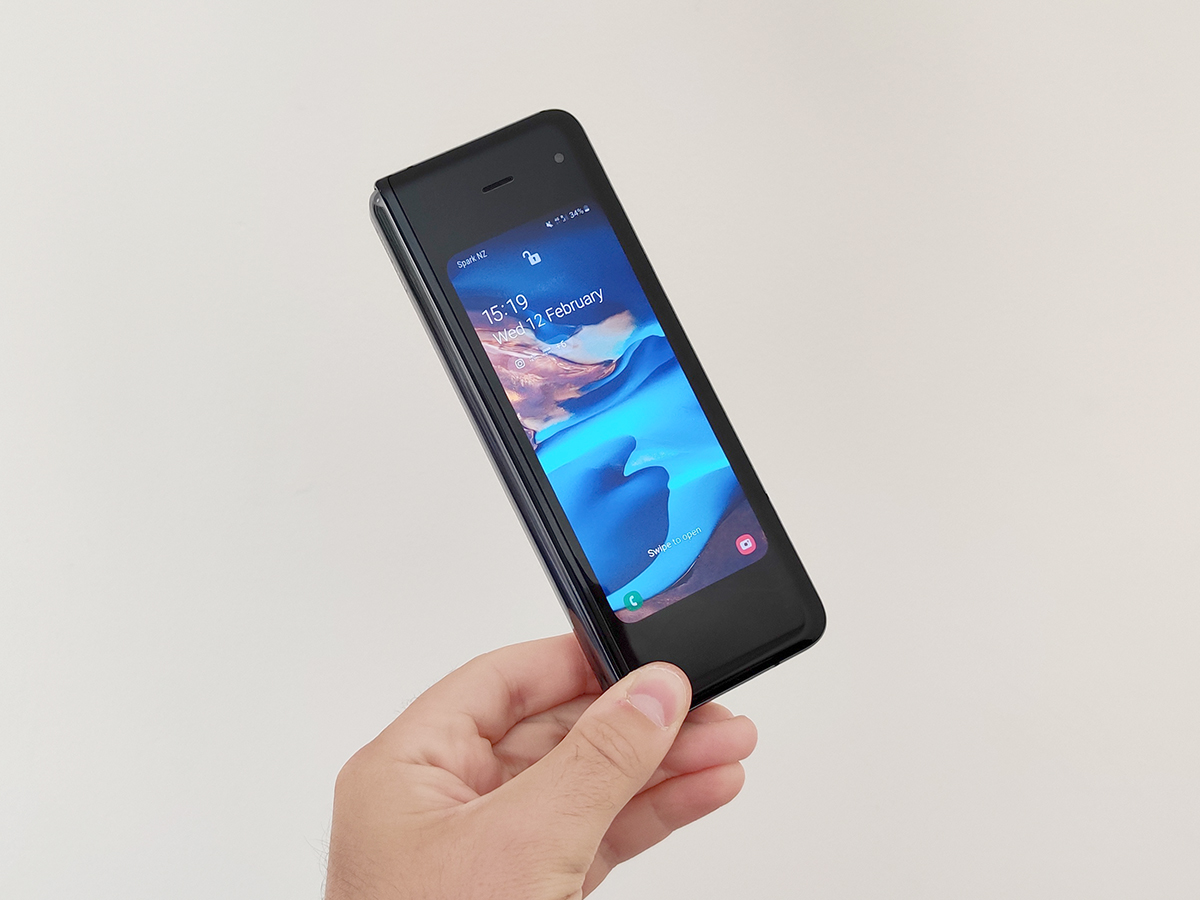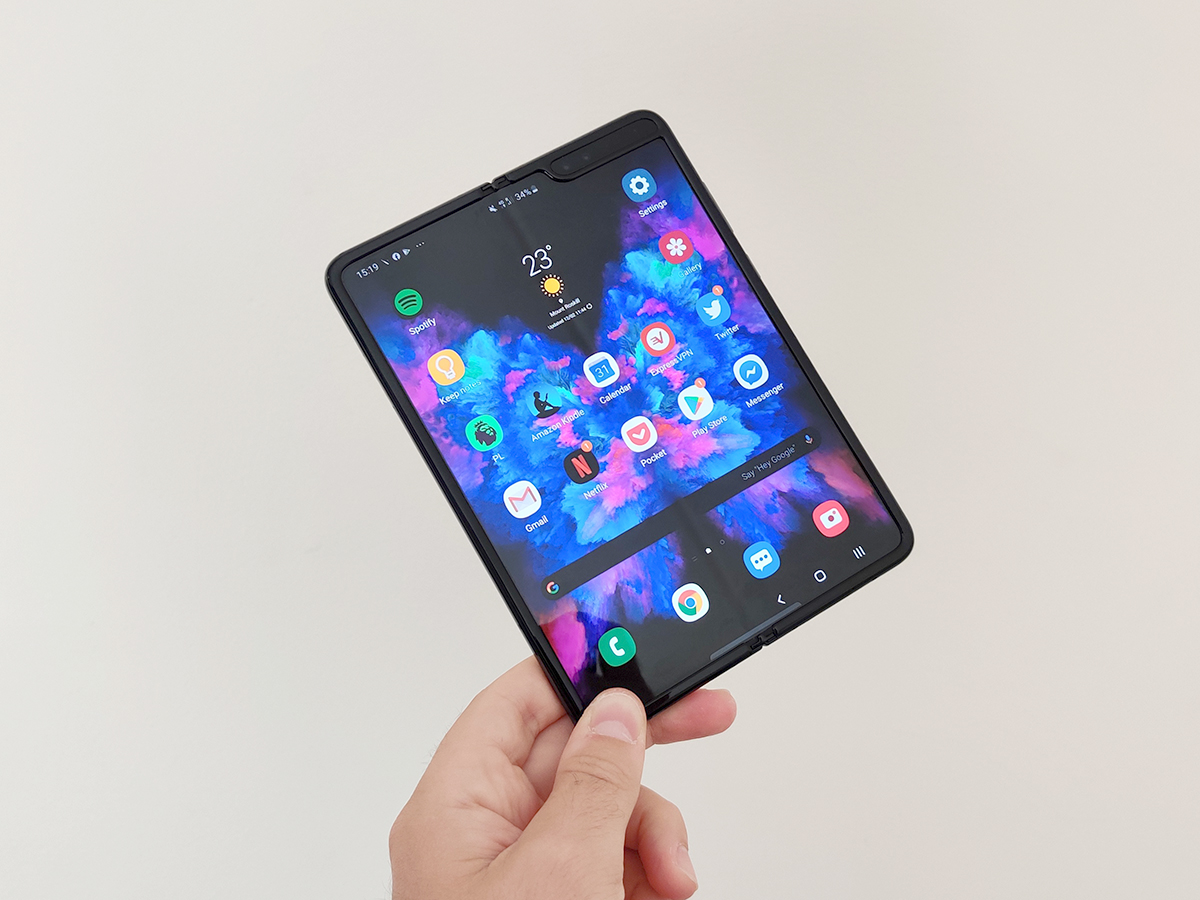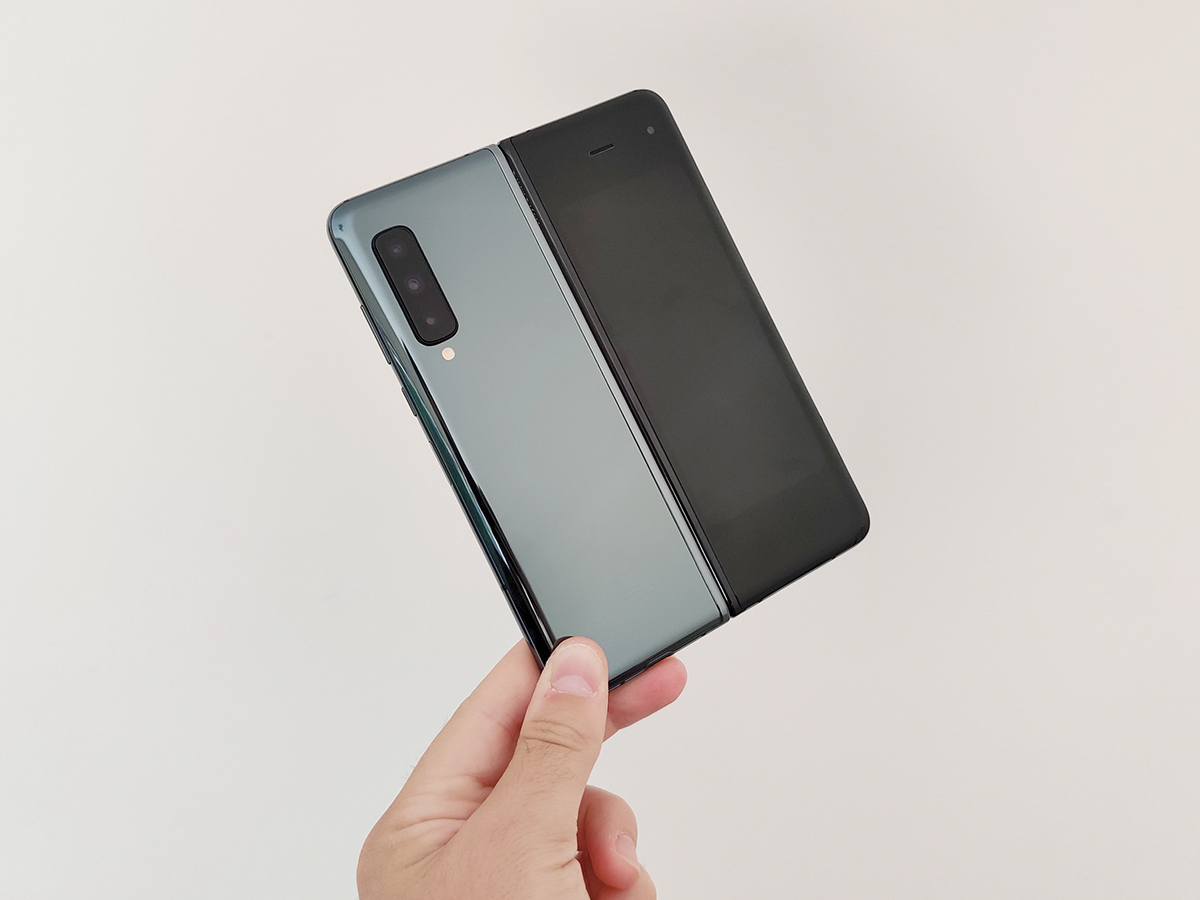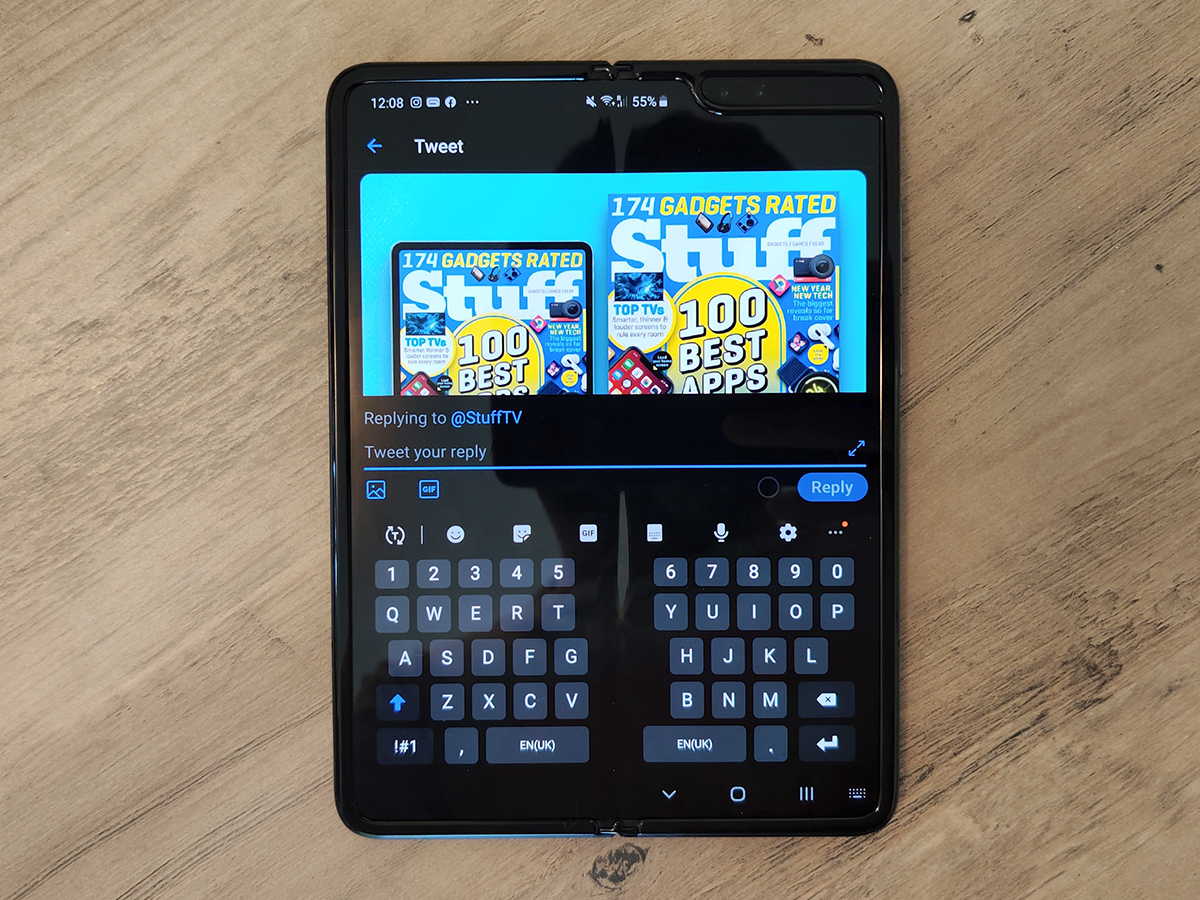Huawei Mate Xs vs Samsung Galaxy Fold: The weigh-in
Which massive foldable phone is worth raiding your billfold for?
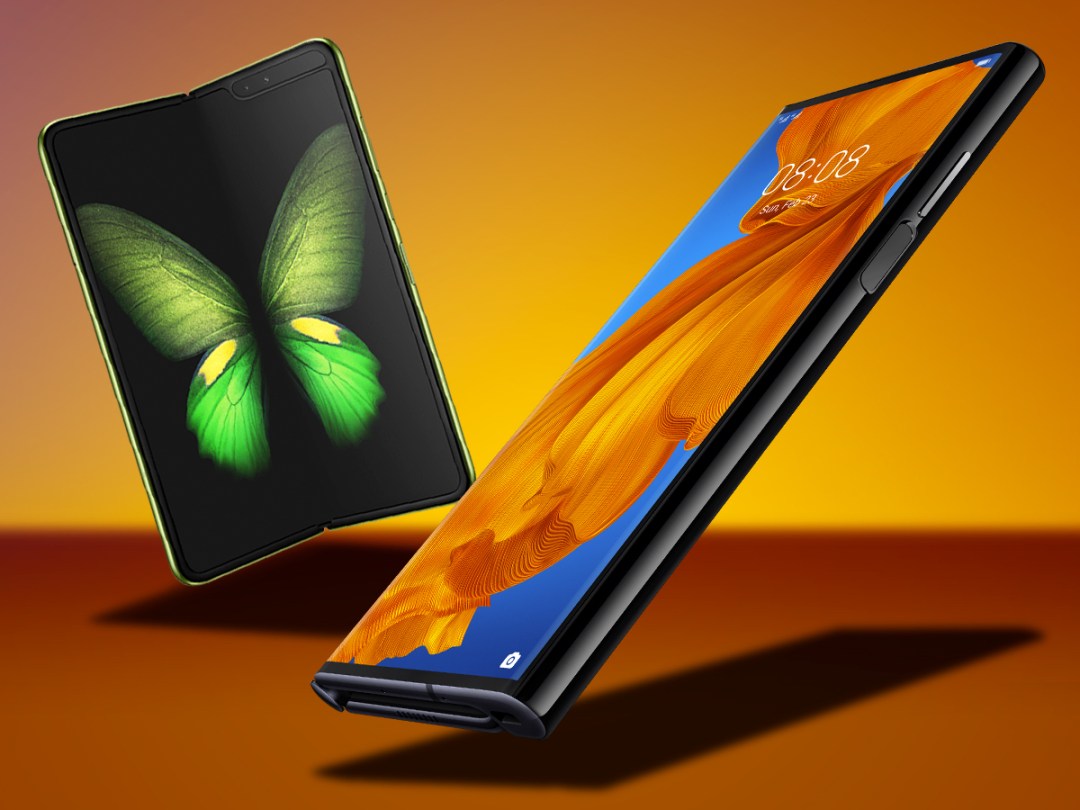
Foldable smartphones have pivoted towards smaller forms in 2020, as seen with the Samsung Galaxy Z Flip and Motorola Razr, but what about last year’s phone-to-tablet behemoths?
Samsung’s Galaxy Fold earned a mixed reception, to say the least, and Huawei’s Mate X didn’t ultimately release outside of China. But Huawei is ready for round two, as evidenced by the launch of the Mate Xs. On the surface, it doesn’t seem to make massive changes to the first form – but refinements could make it a much more appealing option.
Still intrigued by the idea of a super-expensive flagship phone that opens up into an enormous tablet? Here’s how the newly-announced Mate Xs compares to the Galaxy Fold, based on specs and our initial hands-on impressions.
Design: The bends
Both of these phones do the aforementioned shift from one-handed, pocketable phone to super-sized screen, but they approach the task in different ways.
As we’ve seen with the Galaxy Fold, there are actually two completely different screens: a small one on the outside for one-handed use, and then a giant one hidden on the inside. It’s definitely chunky and hefty as well, but it is a one-of-a-kind silhouette.
The Huawei Mate Xs tries things differently. There’s just one large display here, but it folds in half to create the one-handed form factor with screen on both sides of the handset. It’s definitely thinner, and you still get a huge, gorgeous, fully-functional single-handed mode… unlike the small, awkward external screen of the Galaxy Fold.
The Mate Xs is also more durable than the original Mate X thanks to a totally reworked Falcon Wing hinge and a new two-layer polymer structure, although we can’t say for sure how well it compares to the Galaxy Fold on that front. Remember, the Galaxy Fold was delayed to make improvements after initial press units failed, so it’s basically a "revision model" itself.
Screen: Xs-ive?
As mentioned, you get one screen that works in two forms on the Huawei Mate Xs, but two separate screens that serve distinct functions on the Galaxy Fold.
On the Huawei Mate Xs, it’s a massive 8in OLED panel at 2200×2480 when unfolded, and that slims down a bit to 6.6in at 1148×2480 in the folded, single-handed formation. It looks big and bold, and doesn’t have a notch or camera cutout because of the single camera module on the back/grip.
As for the Galaxy Fold, the star screen is 7.3in and 2152×1536 in resolution. That is lower-res than the Mate Xs, but still above typical QHD+ resolution standards – so it’s crisp, vivid, and beautiful. However, it’s muddled by what we described as a "comically large notch" in our review – it’s in the upper right corner and houses two cameras and two sensors.
It’s wasted space, and "it makes the phone look unfinished," we added. It also gets marked up very easily in use; we don’t know yet if the Mate Xs will be much the same on that front. The Galaxy Fold’s external screen is also very awkward – a low-res 4.6in panel at 1680×720 that feels tiny and oddly-placed. It’s a curious approach, indeed.
Also Read › Huawei Mate Xs hands-on review
Camera: Differing views
As mentioned, the Galaxy Fold has a pair of selfie cameras, but it also has a triple-camera rear setup with a trio of 12-megapixel cameras: wide-angle, ultra-wide, and telephoto. Essentially, it’s the same setup as the Galaxy S10+, which means it’ll give you excellent shots in most scenarios. There’s little to complain about here.
The Mate Xs opts to use a single camera array on the rear, on the part of the phone that you’ll usually grip onto. It’s a quad-camera setup with a 40MP wide-angle lens (from the P30 Pro/Mate 30 Pro), as well as a 16MP ultra-wide camera, 8MP telephoto, and time-of-flight sensor for depth data. It also has close-up macro capabilities baked in.
You’ll use the Mate Xs setup for selfies, as well, by folding the phone closed and using the back of the screen to get a view of your mug. A quad-camera main setup used for selfies? Nothing else is going to beat that.
Performance: Powerhouses
You’ll get top-end silicon here on both ends, with Qualcomm’s Snapdragon 855 chip in the Galaxy Fold and Huawei’s Kirin 990 chip in the Mate Xs. Both also have a wealth of RAM, with 12GB on the Galaxy Fold and 8GB on the Mate Xs.
You shouldn’t struggle to run games, apps, media, or anything else on either of these handsets. But consider exactly what software you’ll be able to run on either, as the Huawei Mate Xs won’t have access to Google apps and services, not to mention any apps and games from the Play Store. Huawei’s own app ecosystem might replicate some of the most popular apps, but Android without Google and the Play Store is a clearly compromised experience. The Galaxy Fold has the full array of Google support, of course.
The Mate Xs has 5G connectivity standard, while the Galaxy Fold is sold in separate 4G LTE and 5G editions.
Battery and perks: They won’t fade
Both of these phones pack beefy battery cells, with 4,380mAh total capacity on the Galaxy Fold and 4,500mAh on the Mate Xs. We know from our testing that the Galaxy Fold is built to last throughout a heavy day, as we never dropped below 20% of a charge even through extensive use.
We suspect the Mate Xs will be about the same, especially given the performance of large battery packs on Huawei’s other recent flagship phones. However, note that the Mate Xs doesn’t offer wireless charging, while the Galaxy Fold does.
Also Read › Samsung Galaxy Fold review
Initial verdict: Tough decisions
Two folding phones, two very different experiences. We’d argue that there are some large hardware advantages to the Huawei Mate Xs, from the design finesse to the large non-notched screen.
On the other hand, the lack of Google services makes the Huawei Mate Xs a tough sell to anyone in Western markets, especially, where Google and Android are undeniably synonymous. It was the same issue with last autumn’s otherwise-great Huawei Mate 30 Pro.
At a wallet-melting £1,900, we called the Galaxy Fold "too expensive and too fragile to recommend" in our three-star review. Well, the Mate Xs is potentially even pricier at €2,499 (about £2,099 converted).
While we like the futuristic-feeling hardware, the price point and lack of Google services could really kill the value equation there. We’ll find out soon: stay tuned for our full Huawei Mate Xs review soon, as well as a finalised verdict for this head-to-head showdown.
